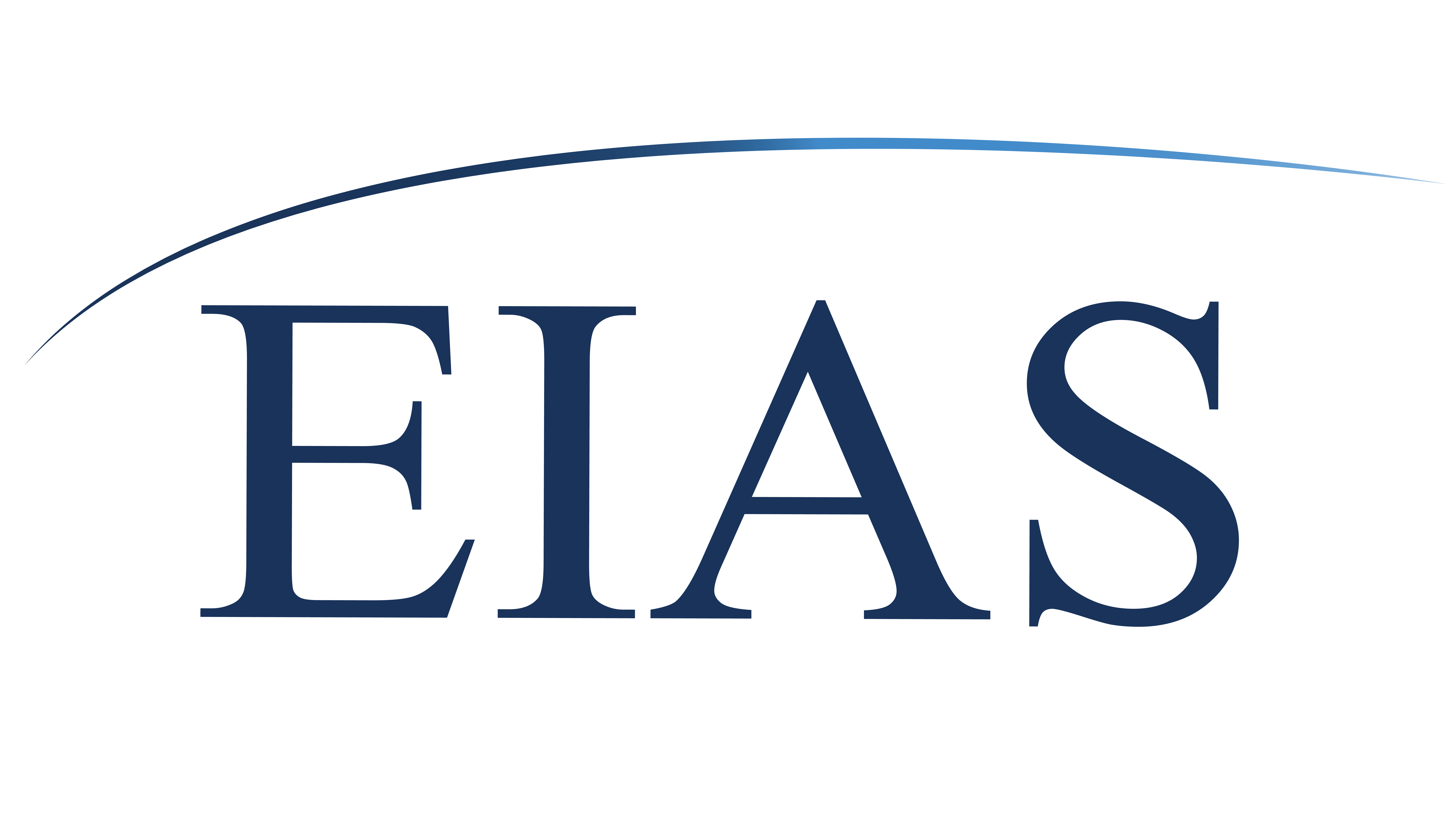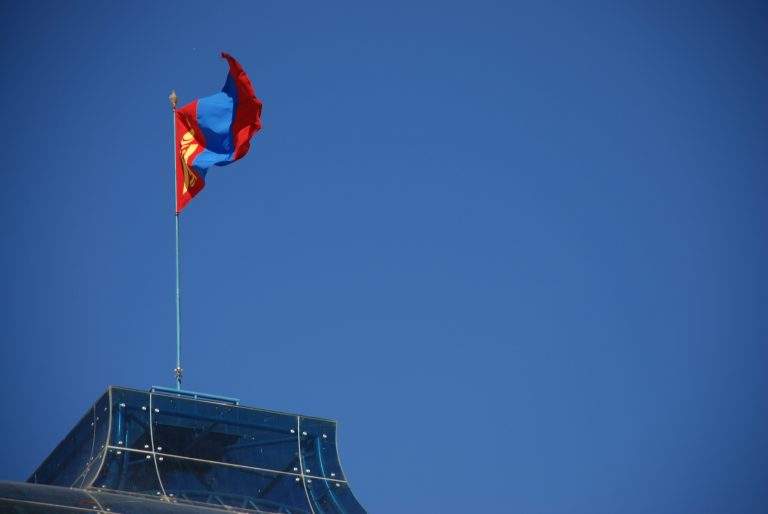06/01/2021
With the outbreak of the 2020 COVID-19 pandemic, Mongolia was expected to be one of the countries to experience a high increase in contagion numbers given its proximity to China. Yet, this has not been the case. Mongolia counted a surprisingly low rate of infections and barely any deadly cases. Despite all efforts, the early lockdown measures in place and the ban on international flights COVID-19 pointed the attention to other domestic quandaries, while also Mongolia’s trade partners were significantly hit. As a result, Mongolia faced a severe economic recession and experienced a set-back in many of its development goals. In the first quarter of 2020 the country witnessed an economic contraction of approximately 10 percent, in addition to a significant increase in expenditures causing a prospective drop in GDP compared to 2019. In May 2020, in the midst of lockdown, many households across Mongolia experienced wage loss, income reduction, lack of food security and a decrease in agricultural products demand, revealing the socio-economic vulnerability of the population, particularly in the industrial sectors of Cashmere and Meat production.
Mongolia’s Vision 2050
In response to the setbacks caused by the pandemic, Mongolia’s Long-Term Development Policy Vision 2050 was introduced. It aims at transforming the country into a leading regional power by 2050 by fighting poverty, creating a greener economy, improving the education system and gender equality for enhanced job access, redefining Mongolian social strategy in a more citizen-centred way. The Mongolian Parliament approved this state-of-the-art policy on 13 May 2020. It sets 9 fundamental goals (Human Development, Good Governance, Peaceful and Safe Society, Green Growth, Shared Values of the Nation, Life quality and Middle Class, Regional Development and People’s centred cities), as well as 50 specific objectives to be achieved in the medium-long term. The policy is to be carried out in three periodical phases according to the current plan for urban development, scientific and technological advancement, economic and social growth: the first phase to be implemented in 2020-2030, the second from 2031 to 2040, and the third and last one between 2041 and 2050. If Mongolia succeeds and attains all of its Vision 2050 goals, this will involve a significant transformation of the country for the next decades. To begin with, the country aims at fighting corruption, redefining governance, developing models for e-governance, mutating the country’s distribution of power, strengthening the civil society-private-public interaction, and turning up the quality of Mongolia’s democratic system and values. Mongolia’s effort to implement the policy and its aim to meet the UN Sustainable Development Goals will radically change the country. For the first time, it seems possible to imagine a shift in the Mongolian dependence on raw coal, not only because of its aspiration towards facilitating green growth but also because of its aim to turn its cities, especially its capital, into eco-friendly and smart cities. Fighting the exodus from the rural areas to the cities will necessarily lead to the development of its most remote and rural areas while strengthening the middle class. This can be established with an increase in the share of the middle-income population segment, instigated by diversifying the employment sector, increasing workforce capacity and capability and ensuring a more balanced gender equality. Considering the pronounced changes expected, especially for the development of green cities, Ulaanbaatar is likely to be impacted the most by the policy.
Although the capital constitutes just 0.3 percent of the territory, it hosts 45 percent of the Mongolian population. The high concentration of human activity in the city has induced a series of problems including air and environmental pollution, unveiling an inadequate engineering infrastructure. This makes Ulaanbaatar both the perfect starting point but also the most challenging part in the implementation of Vision 2050. This would require a rethinking of the infrastructure, services provided, drastically reduce the pollution levels and traffic jams in the city, as well as to improve citizens’ participation, working and living conditions. It will also be imperative to improve transportation within the city and from the city. As it stands, Ulaanbaatar will need to be decentralised in order to speed development in satellite cities and in the surrounding rural areas to boost their development with education and work opportunities, creating the right business environment to foster sustainability in the agricultural and tourism sectors. This is what the policy aims at doing in order to transform its capital and its surroundings into eco-friendly, people-centred and smart cities.
The Vision’s goals seem challenging and ambitious, but Mongolia is not alone in this, and its appealing policy has attracted the interests of the international community. In November 2020 the country received a USD 23.1 million Green Climate Fund Grant from the United Nations Development Program (UNDP) to support its Green Recovery and resilient growth, enhancing the connection between the climate-related part of Vision 2050 and the livestock sector, which will benefit (if well-managed) 26,000 households (130,000 people) directly and 160,000 households (800,000 people) more indirectly. Vision 2050 is not only an opportunity for Mongolia but also for its international partners, as the country is following its path to become a green democracy.
Cooperation with the EU
The EU and Mongolia have already a number of existing and well-functioning projects and agreements in place. They share many values and the EU should seize the launch of this Vision for 2050 as an opportunity to strengthen its partnership and relations with Mongolia by enhancing cooperation in trade and economic relations, post-pandemic recovery, green development, digitalisation and gender equality, as well as other fields. In the past few years, the two partners have already established cooperation in technical and vocational education and training, addressing youth unemployment and ensuring modern vocational training. In the field of employment, the EU and Mongolia are jointly supporting small businesses and creating sustainable skilled jobs, stimulating the inception of a more diversified and vibrant economy in Mongolia. Special attention is being given to youth and the inclusion of women in developing rural areas, in an attempt to put a halt to the exodus towards the cities. Mongolia is part of the EU-funded Economic Governance for Equitable Growth (EG4EG) project to boost sustainable growth for all, including the most vulnerable.
For the EU, Mongolia can act as a valuable partner in the region. On 27 November 2020 for instance, the EU and Mongolia discussed their bilateral relations in development cooperation. Both partners confirmed their willingness to cooperate in several spheres to boost development. Particular spheres of interest are employment and related necessary reforms, technical and vocational education and training (TVET), and public finance management, especially contextualised in the sector of Budget Support operations, as well as strengthening donor and sector coordination mechanisms in Mongolia. But it is Environment which is seen as the most interesting partnership sphere, as the EU and Mongolia will continue pursuing sectoral policy dialogues with the relevant Ministries. The main goal is to identify blending operations in the areas of climate change and green energy, imperative to improve Mongolia’s business environment and sectoral regulatory framework. Mongolia’s Vision 2050 offers a unique opportunity for the EU to advance its relations with and expand its existing engagement in Mongolia, contributing to its sustainable future. Now it is up to the EU to act and meet up to its commitment.
Author: Alessandra Tamponi, Junior Researcher EIAS
Photo Credits: Wikimedia Commons

